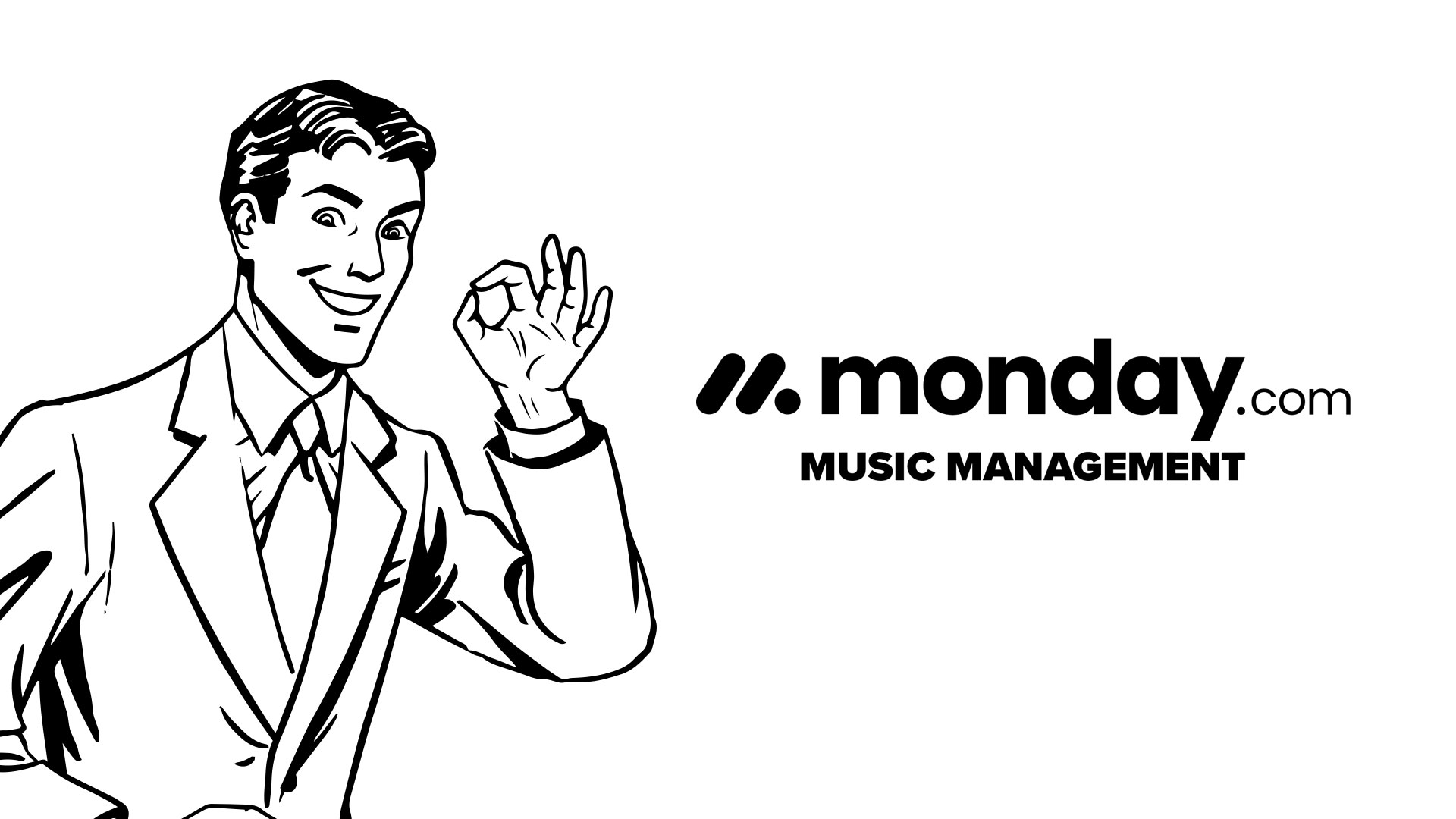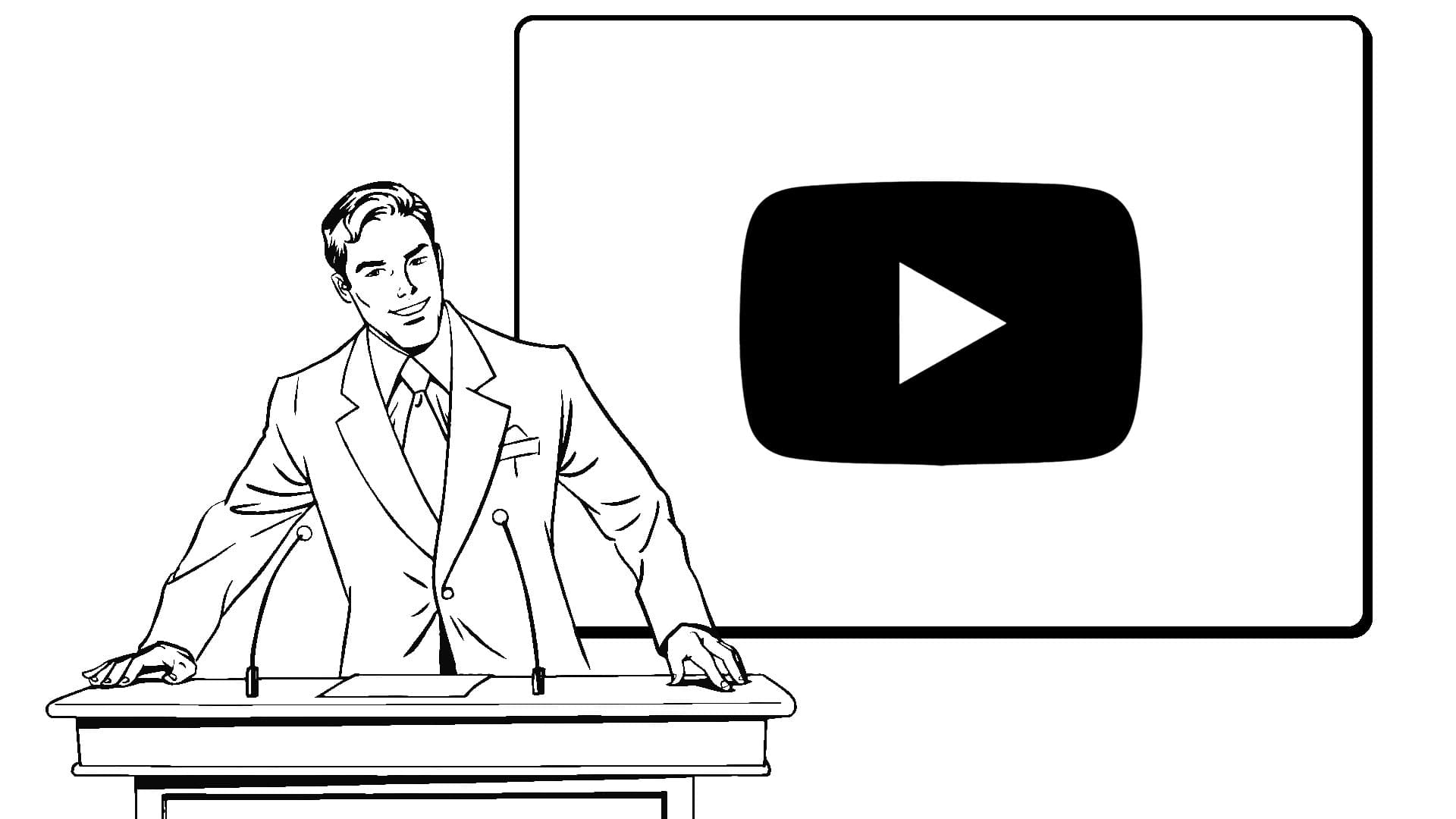Modern Music Moneyball

Moneyball. The term essentially refers to completely removing subjectivity from a scouting process, instead solely relying on a sea of underlying data. Personalities, likability, societal consensus, none of these things matter in moneyball. Baseball was the perfect place for a theory like this to germinate, operating in a field (sports in general) that is far enough removed from the essentials of society (healthcare, finance, politics…) to allow for more cutting edge experimentation and fast change.
It didn’t take long for the theory to be taken up in other sports, with recent success stories still being visible in the Premier League (Brentford’s most successful period as a team ever is thanks to moneyball recruitment, Michael Edwards and Jürgen Klopp’s success at Liverpool is down to operating moneyball with a bigger budget as they recognised they still had far less than competitors) but that’s not why you’re here. Once there had been enough noise around the theory, thanks mostly to a best selling book and Oscar nominated film, it began to bleed into other markets. It may be hard to sit and imagine a world where moneyball is applied to the music industry, what would that look like? Who would it affect?
In 2018 the Financial Times reported on a rising indie label working out of London; FrtyFve, backed by parent company Instrumental, and with former president of Warner Music Entertainment UK Conrad Withey at the helm. They were (and still are) aiming to shake up the established norms of the music industry with a data driven approach. This was described by the FT as “Music’s Moneyball Moment.”
But mapping moneyball from the sports industry to the music industry isn’t so straightforward, especially when it comes to public perception. For starters, the ‘team’ within the music industry would be a label, an entity that in general the public has never been used to ‘supporting’. The players that get cut and overlooked despite positive public perception, become the artists, who are the actual people the public support within the industry. This means that, instead of being viewed as the underdog indie label taking on the majors in the only way they can, the approach has been seen as anti-artists and anti-music.
It’s hard for a label to portray themselves as a ‘team’ to ‘support’ and without that music moneyball moment can seem like a sort of ‘night of the long knives’ for artists looking to make it. Ultimately though, at least in some cases, perceptions need to change to back this approach for indie labels, in a world that is very much, in the words of Billy Beane (or atleast, Brad Pitt playing Billy Beane) “adapt or die.”
Now more than ever, responsibility falls on independent labels to create frameworks in which their new talent can strive under this new creative culture. As previously mentioned, FrtyFve, has even gone as far setting out a 10 step process they expect their new upcoming artists to follow, touted as ‘The Fundamentals’ –
- Be prolific musically & ‘social first’ (including Spotify).
- Build a strong visual identity.
- Collaborate, collaborate, collaborate.
- ‘Re-version’ relentlessly.
- Think global from Day One.
- Own your fan base.
- Let the data drive you.
- Don’t try & guess the hits.
- Go big on viral moments.
- Convert online moments to offline.
This approach, much like moneyball within the music industry itself, has been seen by some as ‘anti-artist’, echoing a similar sentiment to controversial Spotify CEO Daniel Ek’s 2020 comments that saw backlash at the time – “You can’t record music once every three to four years and think that’s going to be enough. The artists today that are making it realise that it’s about creating a continuous engagement with their fans. It is about putting the work in, about the storytelling around the album, and about keeping a continuous dialogue with your fans.”
But is it really fair to take this position? Ultimately, the major labels have less power and market share than they ever have in the history of recorded sound. Is this not a good thing? The commercialisation of the independent industry that has been brought on by the age of analytics and algorithms seems to be a necessary one.
Major labels relinquishing their market share can ONLY be seen as a good thing, and if for that to happen independent labels need to operate in a different way to the traditional business model of the music industry, surely it is the lesser of two evils. Moving forward, for an independent label to thrive in a lasting a meaningful way, to have a base of level of streams and income brought on by this purely data driven approach, layered with a more traditional talent lead scouting and A&R process is perhaps the way to go.
When it comes down to it, the heart and soul of the music industry is and always will be the talent. Losing that Lesser Free Trade Hall-esque human touch of seeing talent, being blown away by it, and backing it until it makes both the label and the artist filthy rich would be a crime, but perhaps it is time to accept that the music industry has shifted in an irreversible way. According to music business consultant Moses Avalon, major labels have a success rate of roughly 0.0465% – about 1 in 2149. It goes without saying that independent labels CANNOT afford to take on this sort of failure rate, moneyball is purely just the weapon to combat this level of, quite frankly, reckless disregard for reliable success.
Music rights acquisitions companies, that offer artists money up front for a portion of their royalties, have also been playing moneyball as they look to unlock funding for artists that work with them. As an artist people no longer have to ‘get’ you, if the numbers back you up, you’ll have access to the funding and resources that you deserve. Ultimately, this process is leading to a different kind of artist being signed and nurtured. That isn’t to say that bread is being taken from unsigned artists’ mouths now, it just means different artists are getting different opportunities.
When all is said and done, this change isn’t happening, it’s happened. There have been reports on music’s moneyball moment since 2013 so can it even really be described as a ‘moment’ anymore? At first, it was easy to just look at a handful of examples across the industry and trivialise them to some degree, but patting the plucky industry underdogs on the head will only hold them down for so long. Much like in the sports industry, where moneyball has just become how to run a successful modern sports team and teams just vary in the degree in which they operate a moneyball system, the music industry has moved into the same realm. Even the majors have been pouring resources into moneyball, with third party data collection sites becoming a whole industry in itself.
The time for change isn’t now, it’s already passed. Independents continue to claw more of a market share in the pursuit of music’s modern industry model, a data driven scouting and marketing process that offers the fairest way for talent to rise in the age of 60,000 new songs being added to Spotify daily.



